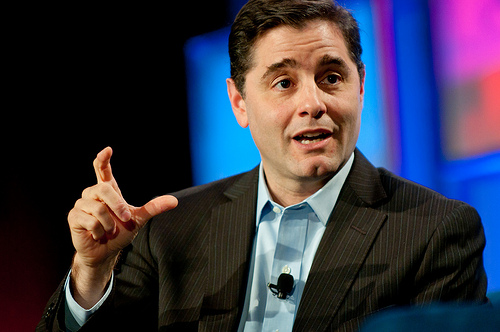
Draft order circulating to Commissioners would aim to increase broadband access in low-income communities.
Approximately one-third of Americans currently lack broadband Internet access, but proposed reforms may make broadband much more affordable for low-income consumers.
In a speech earlier this week, Federal Communications Commission (FCC) Chair Julius Genachowski outlined an early draft of reforms to the agency’s Lifeline Program, which currently subsidizes low-income voice telephone service. According to Chair Genachowski, these reforms would reduce unnecessary costs and use some of the estimated $2 billion in cost savings to subsidize broadband access.
Through a new “Broadband Adoption Pilot Program,” the FCC would accept applications from service providers and determine how to make broadband access more affordable for Lifeline-eligible consumers.
This broadband program would be funded by repurposing program resources that “otherwise would have been wasted on duplicative benefits, subsidies for ineligible consumers, or fraudulent misuse of Lifeline funds.”
Chair Genachowski proposed in his speech to make Lifeline more efficient by creating a National Lifeline Accountability Database intended to prevent duplicative service provider payments, as well as by setting national consumer eligibility standards for the program and requiring biannual audits of carriers that receive significant Lifeline funding.
The photograph of FCC Chair Julius Genachowski is used unaltered under a Creative Commons license.



